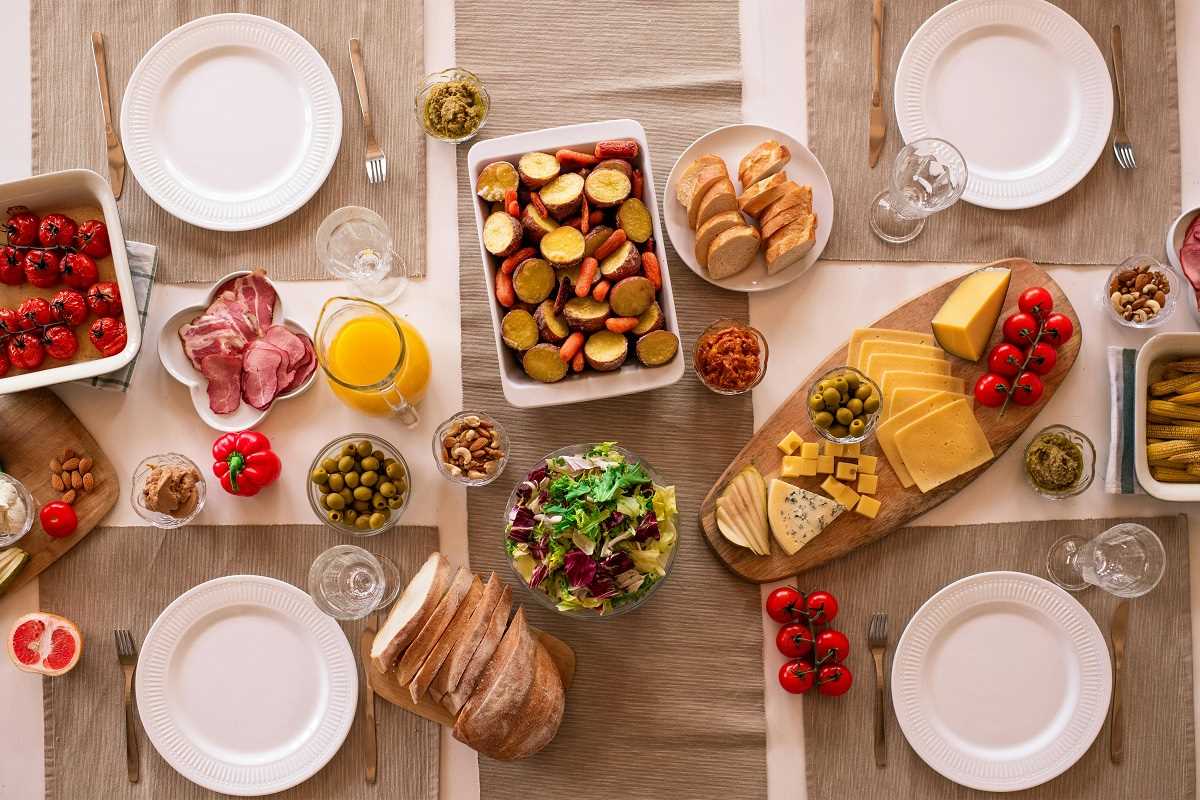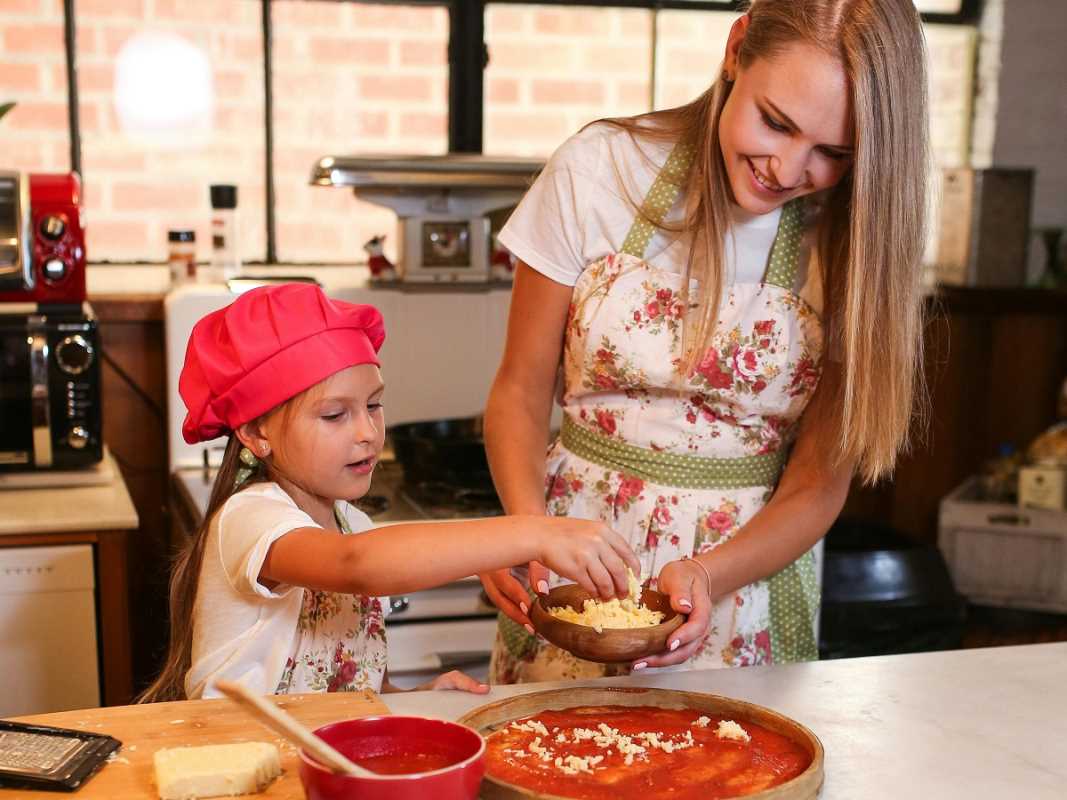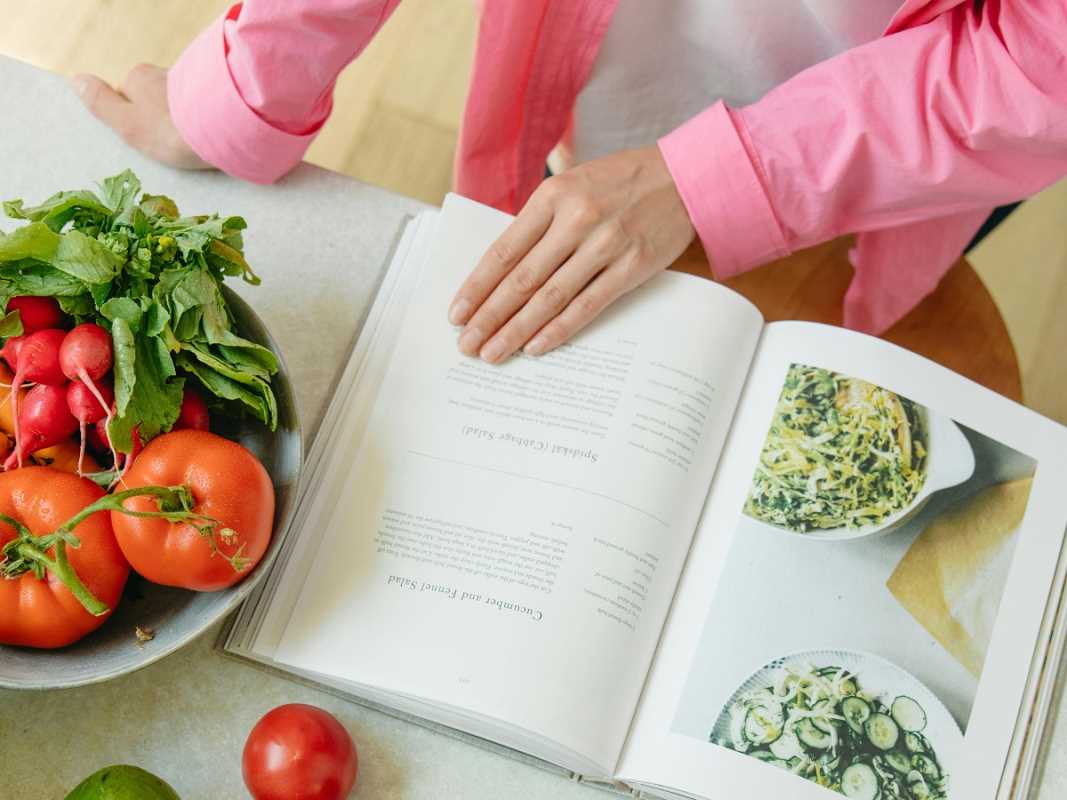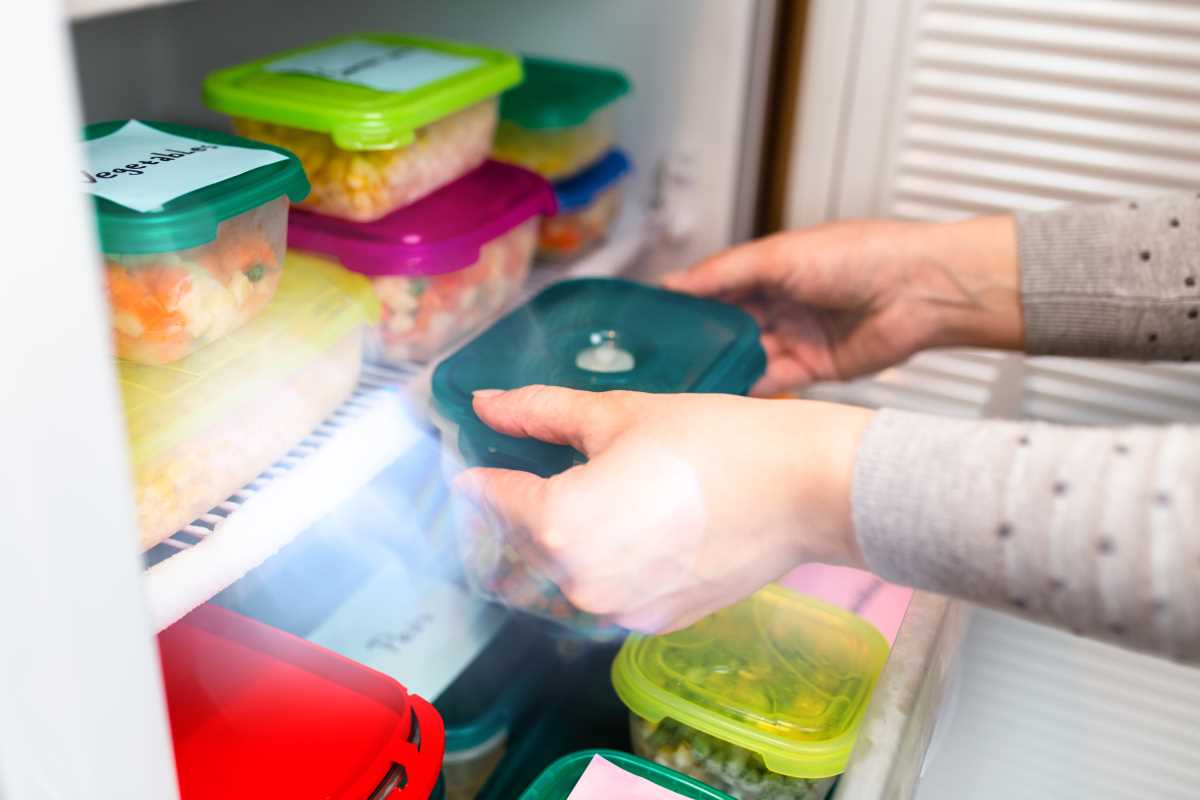Preparing dinner when everyone seems to need your attention can become a daily challenge. This guide shares practical methods to simplify meal planning and cooking, so you can spend less time in the kitchen and more time enjoying your evenings. Find out how to organize your tasks, shop more efficiently, and keep your family excited about what’s on the table every night. These tips help you create delicious meals with less stress, making dinnertime a highlight instead of a hassle. With a few new habits, you can turn busy evenings into moments of connection and satisfaction.
Reimagining Meal Prep for the Whole Crew
Finding Flow in the Midweek Rush
Traditional weekday cooking routines often lean on rushed decisions and half-finished recipes, leaving everyone craving more than takeout. Embracing large-batch strategies shifts the rhythm of your kitchen, turning once scattered efforts into a smooth cadence of slicing, stirring, and storing. By viewing prep as a creative push rather than a daily scramble, you’ll spark excitement around familiar ingredients.
Discover how one simple change—setting aside a single weekend afternoon for chopping and portioning—can turn dinner work into a satisfying hobby. As you repurpose versatile staples like cooked grains, roasted vegetables, and seasoned proteins, you free up mental space for other priorities. This approach welcomes experimentation, whether you swap cumin for coriander one week or introduce a new sauce each month.
Building Blocks That Adapt Effortlessly
Imagine having a pantry that feeds itself: jars of pre-cooked lentils, bags of mixed greens ready for wilting, and marinades that deepen in flavor. These foundational elements create a modular system where you assemble bowls, wraps, and skillet meals in moments. The secret lies in making dishes that overlap ingredients, so nothing waits unused on the shelf or the fridge door.
When you master these versatile components, you’ll notice how creativity blooms at the plate.
Step-by-Step Kitchen Strategies
- Mise en Place Routine
- Purpose: Ensure smooth cooking flow and minimize last-minute chaos.
- Steps:
- Wash and dry vegetables in groups.
- Pre-measure spices into small prep bowls.
- Line baking pans with parchment.
- Preheat ovens, skillets, or air fryers.
- Label storage containers for leftovers or batch prep.
- Cost/Metric: Time-saving (up to 20 minutes per meal); no extra cost.
- Insider Tip: Align all tool handles in the same direction for instant access and reduced visual clutter.
- Sheet Pan Synchronization
- Purpose: Roast proteins and vegetables at the same time to cut oven usage in half.
- Steps:
- Season protein (chicken, tofu, etc.) on one sheet pan.
- Toss sliced vegetables on a second sheet.
- Roast both at 425°F.
- Rotate pans halfway through cooking.
- Check internal temp or fork-tender texture.
- Cost/Metric: $15 per pan; ~$0.20 oven energy per meal.
- Insider Tip: Use silicone mats to prevent sticking and reduce cleanup to seconds.
- Slow-Simmered Base Sauces
- Purpose: Cut future meal prep time with flavor-packed sauces ready to go.
- Steps:
- Sauté aromatics (onion, garlic, ginger).
- Add crushed tomatoes or coconut milk.
- Season with spices (e.g., cumin, paprika).
- Simmer 45 minutes.
- Cool and store in jars.
- Cost/Metric: ~$0.50 per 1-cup serving; yields 6 cups per batch.
- Insider Tip: Freeze extra sauce in muffin tins for perfectly portioned use later.
- Grain Batch Cooker
- Purpose: Prep fluffy grains effortlessly in bulk.
- Steps:
- Rinse grains like quinoa, brown rice, or farro.
- Add 2 parts water to 1 part grain.
- Cook on high-pressure in a multi-cooker.
- Let pressure release naturally.
- Fluff with fork and store.
- Cost/Metric: ~$0.25 per cup; ~$0.10 electricity per cycle.
- Insider Tip: Add a bay leaf or garlic clove before sealing for depth of flavor.
- Rapid Protein Marinating Station
- Purpose: Infuse proteins with flavor while saving time on busy days.
- Steps:
- Add different marinades to zip-top bags.
- Drop in chicken, tofu, or fish.
- Label bags with protein and date.
- Massage to coat evenly.
- Store flat in fridge (or freezer).
- Cost/Metric: Minimal—uses pantry ingredients; improves tenderness.
- Insider Tip: Freeze bags flat so they thaw quicker and stack easily.
Time-Saving Tools and Techniques
- Instant Pot multicooker speeds up stews, beans, and grains in one device, reducing cook times by up to seventy percent.
- A food processor with a slicing disk shreds carrots, zucchinis, and onions in seconds, dramatically cutting chopping efforts.
- Vacuum-seal machine extends shelf life of prepped ingredients up to five times longer than standard containers.
- Stackable glass containers with locking lids let you arrange meals in neat towers, saving fridge space while keeping items visible.
- A digital kitchen scale ensures precise portions, helping you control costs and nutritional balance without guesswork.
Freezer-Friendly Hacks and Recipes
- Stir-Fry Packs: Combine sliced bell peppers, broccoli florets, and pre-cooked chicken into freezer bags. Thaw in the fridge overnight, then toss in a hot skillet with sauce for a two-minute finish.
- Veggie-Packed Soup Cubes: Puree roasted squash and carrots, spoon into ice cube trays, and freeze. Drop cubes into broth on busy nights to create a silky, nutrient-rich bowl in minutes.
- Breakfast Burrito Bundles: Scramble eggs with diced peppers and cheese, wrap in tortillas, then freeze individually. Heat in a skillet with a splash of water for a quick morning grab-and-go.
- Handheld Empanada Dough: Cut rounds of pastry, fill with seasoned ground turkey, fold, and flash-freeze on a tray. Store in a bag, then bake directly from frozen for a crunchy snack.
- Fruit Compote Squares: Stew berries with a touch of honey, chill flat, then cut into cubes. Use to brighten yogurt, oatmeal, or warm waffles in a flash.
When you layer these insights and techniques, weekday dinners change into smooth, enjoyable routines. Each step leads to the next, saving time without sacrificing flavor or variety.
Start with one method and notice your kitchen become more organized. As you practice, your confidence grows and your freezer and fridge support your busy family’s meals.
 (Image via
(Image via





